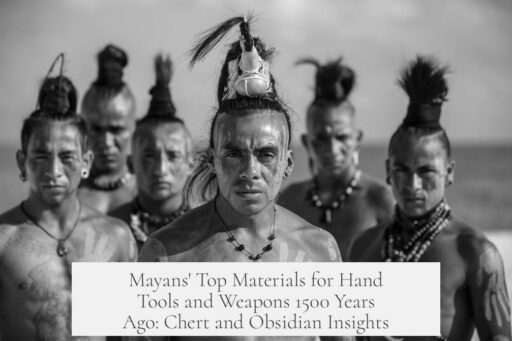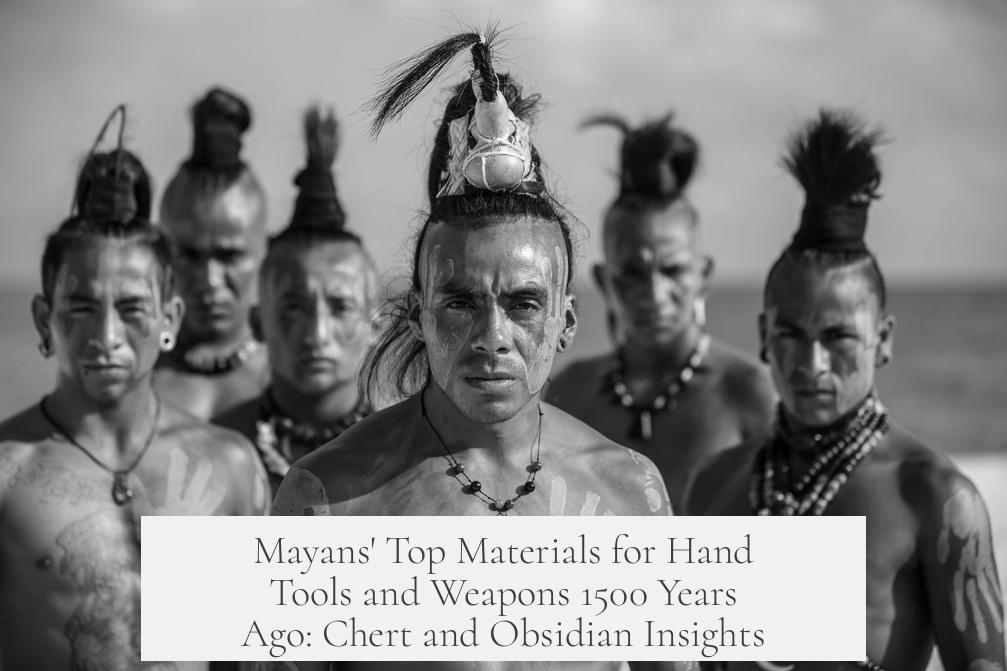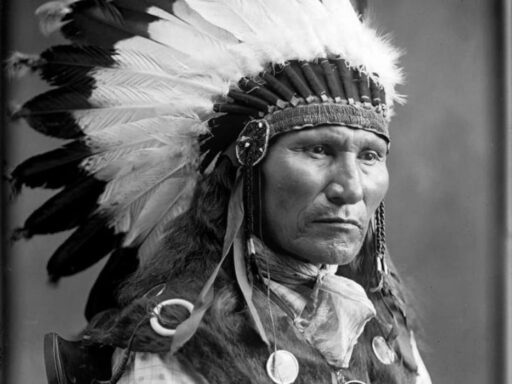About 1500 years ago, the Maya primarily used chert and obsidian to make their hand tools and weapons. These two materials provided strength, sharpness, and versatility essential for various tasks and combat.
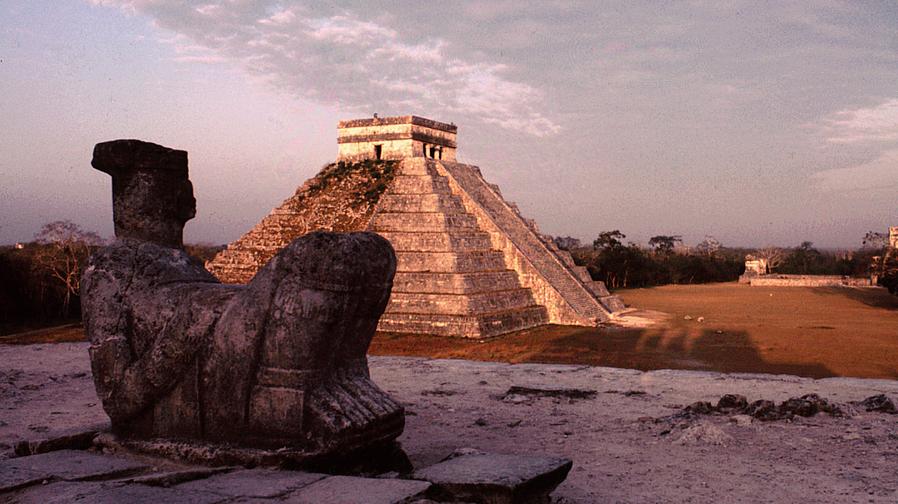
Chert, often called flint, is a silica-based stone. Its microcrystalline structure allows it to flake predictably, producing sharp edges. This made chert ideal for crafting hand axes, blades, bifaces, and projectile points. The Maya sourced chert from several locations. One notable site, Colha in Northern Belize, sat atop a rich chert outcrop and supported extensive tool production. However, chert was not uniformly available throughout Maya territories.
Obsidian, or volcanic glass, held both practical and ritual value. Found mainly in the Guatemalan Highlands, especially near El Chayal and Ixtepeque, obsidian was traded widely across Mesoamerica. Its glassy texture, combined with natural impurities, allowed the creation of blades sharper than surgical steel. Obsidian tools included knives, scrapers, and microblades. The latter often served in bloodletting ceremonies due to their extreme sharpness. Some obsidian fragments, called eccentrics, became special ritual or artistic objects.
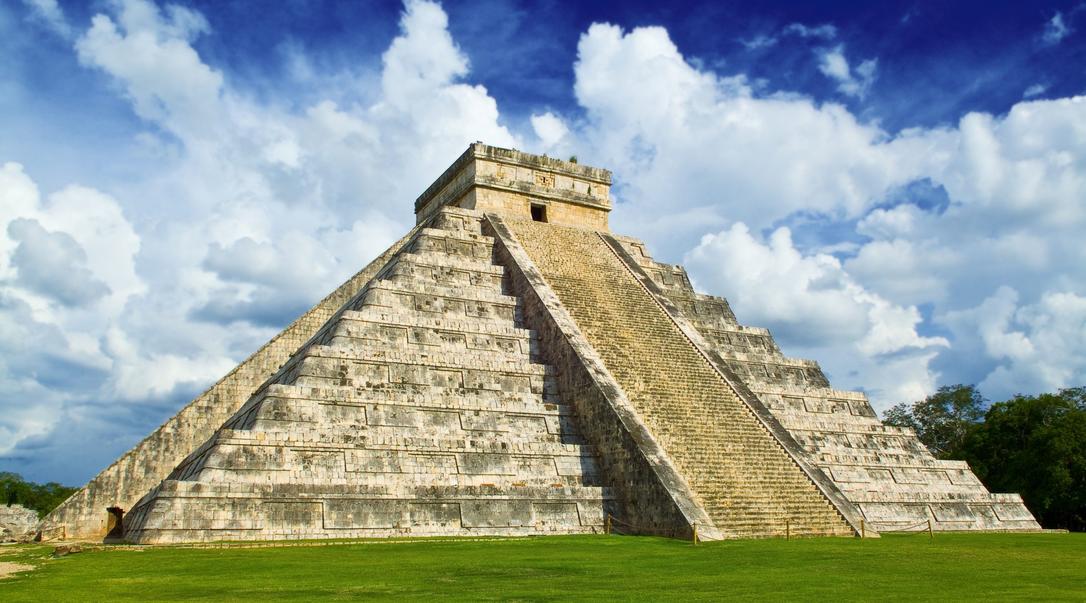
Beyond chert and obsidian, the Maya also used basalt for hammerstones and other tools, particularly in the Guatemalan Highlands. But these materials were secondary to the widespread and varied use of chert and obsidian.
| Material | Uses | Source Regions |
|---|---|---|
| Chert (Flint) | Hand axes, blades, bifaces, projectile points | Colha (Northern Belize) and other patches |
| Obsidian (Volcanic Glass) | Knives, scrapers, microblades, ritual items | Guatemalan Highlands (El Chayal, Ixtepeque) |
| Basalt | Hammerstones, other tools | Guatemalan Highlands mainly |
- Chert’s fine grain structure enables predictable flaking for sharp edges.
- Obsidian blades are sharper than surgical steel and used both practically and ritually.
- Chert and obsidian were traded widely but sourced regionally.
- Basalt was also utilized but less commonly than chert and obsidian.
1500 Years Ago: What Materials Did the Mayans Use the Most to Make Hand Tools and Weapons?
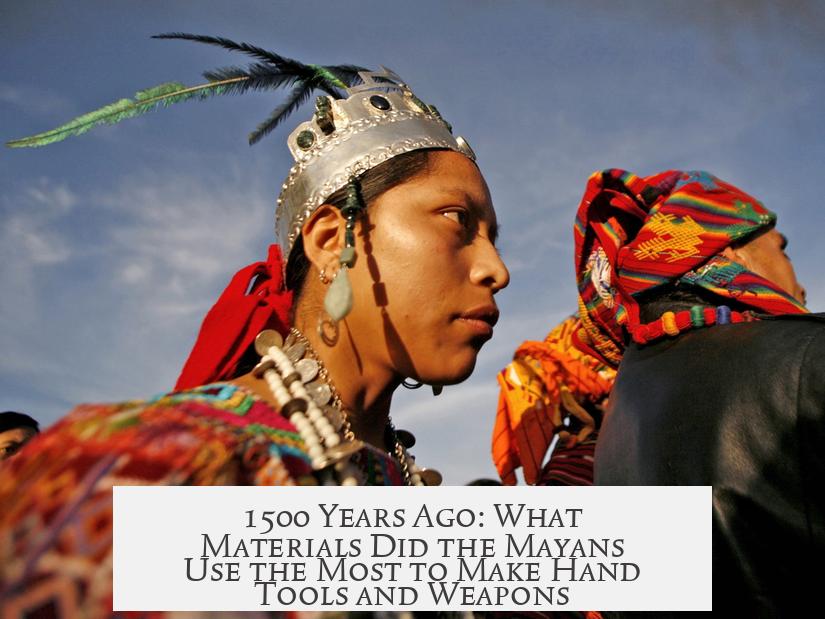
If you’re picturing ancient Mayans crafting their weapons and tools 1500 years ago, what comes to mind? Wood? Maybe metal? Well, here’s a plot twist: the Mayans relied heavily on two fascinating natural materials—chert and obsidian—to build the tools and weapons that shaped their daily lives and rituals.
The main answer to the question “1500 years ago what materials did the Mayans use the most to make hand tools and weapons?” is that they primarily used chert and obsidian. Let’s dive into why these materials were chosen and how they made these natural wonders work for them.
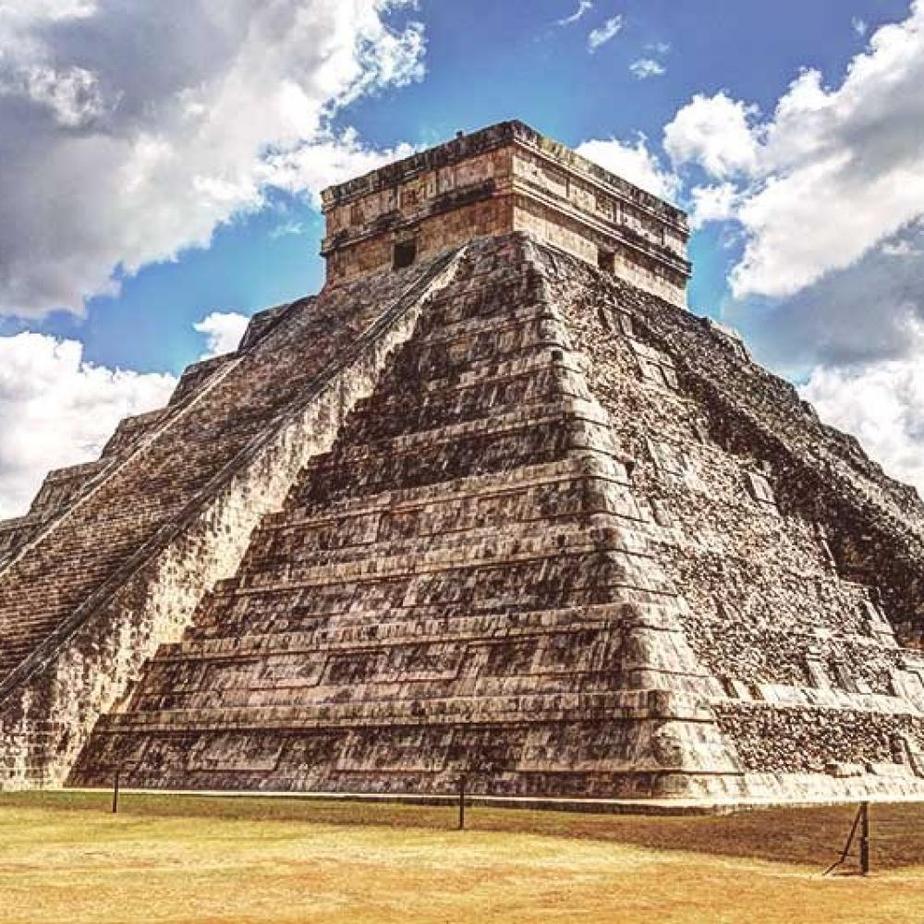
Chert: The Go-To Stone for Practical Tools
Chert, sometimes called flint, was a staple material across much of the Maya world. Imagine a finely grained, silica-based rock that can be chipped and shaped with surgical precision. That’s chert for you. It’s no ordinary rock.
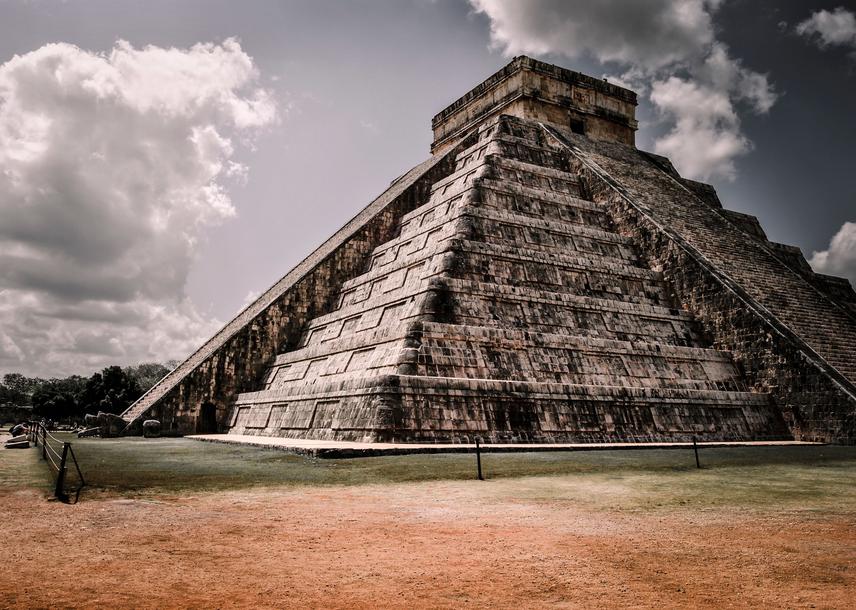
Why chert? Its microcrystalline structure allows it to fracture in predictable ways—much like glass. This “controlled shattering” ability lets makers carve razor-sharp edges, perfect for tools like hand axes, blades, bifaces, and projectile points. Still, not all local stones were created equal. Limestone, common in the region, was excellent for carving but simply crumbled or dissolved when you tried to make it sharp. Chert’s toughness made it invaluable.
One notable chert hotspot was Colha in northern Belize. This wasn’t just a random quarry but a buzzing hub of tool production. Archaeologists unearthed evidence of heavy tool-making industries there, showing how critical chert was for the Maya. And while chert was widely used, here’s a little catch: it wasn’t available everywhere. Regions lacking chert often relied on trade networks to get their hands on it. So, the Mayans weren’t just skilled artisans—they were shrewd traders.
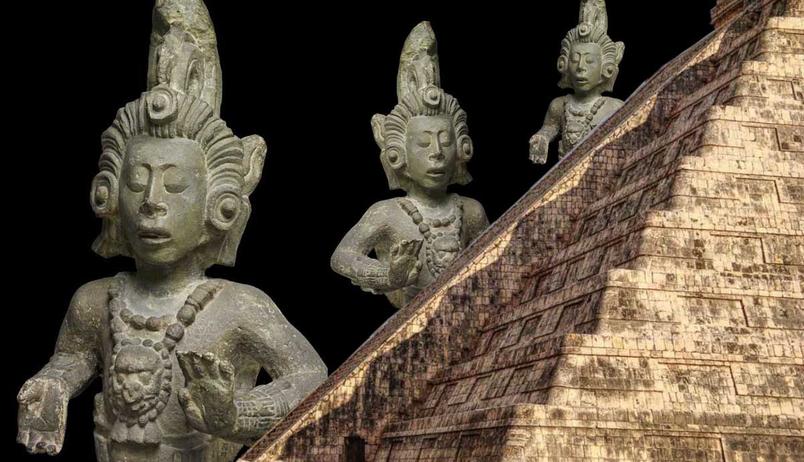
Obsidian: The Sharp, Ritual-Laden Volcanic Glass
Now, let’s talk about obsidian. This isn’t your average volcanic rock. Think of it as black glass—made naturally in fiery volcanic areas, primarily in the Guatemalan highlands around sites like El Chayal and Ixtepeque. Obsidian takes sharpness to another level. It can be flaked into edges even sharper than modern surgical scalpels. Yes, sharper than steel blades used today.
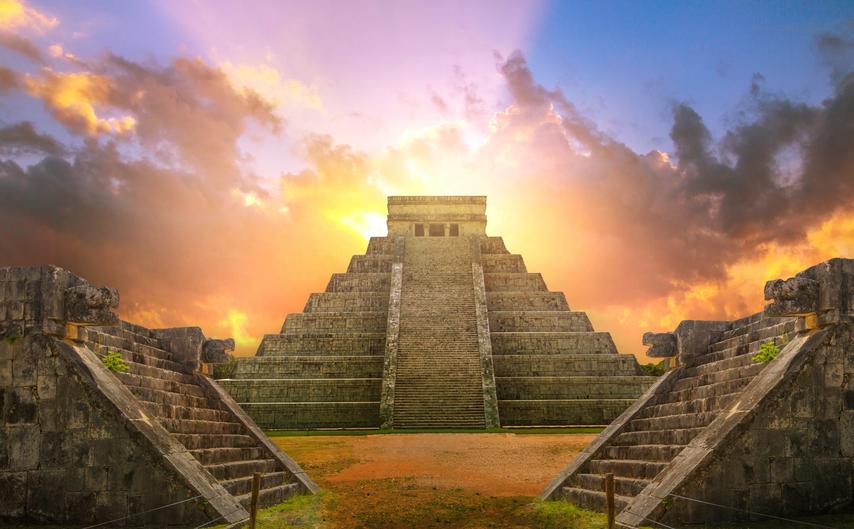
Obsidian tools weren’t just wielded for everyday tasks. The material’s exceptional sharpness and beauty also gave it ritual importance. It was often fashioned into large blades, knives, and scrapers used in ceremonies. In particular, obsidian microblades were used in bloodletting—a key ritual practice among the Maya. Think scalpel-like shards expertly crafted to draw blood for religious purposes.
But obsidian wasn’t reserved for elites, either. While rulers and priests often controlled the most exquisite pieces, recent findings suggest common people had more access to obsidian tools than previously believed. This challenges the old image of obsidian as an exclusive royal material. Instead, it was a multifunctional gem embedded in many layers of Maya society.
Other Essential Materials: Basalt and More
Chert and obsidian took center stage, but the Maya weren’t a one-material wonder. Basalt also played a role. Especially in the Guatemalan highlands, basalt was used for crafting hammer stones and other heavy-duty implements. Though less glamorous than obsidian or chert, basalt’s toughness made it indispensable for pounding and grinding tasks.
The Maya world was a mosaic of traded goods and locally sourced materials. The different terrain zones meant diverse resources were tapped and shared across cities and regions. This not only highlights their skill but also their expansive social and economic networks.
Benefits of Using Chert and Obsidian
- Durability: Both materials offered durability unmatched by wood or bone.
- Precision: Their fracture properties allowed for precise, sharp edges.
- Trade Value: These materials were valuable trade commodities, connecting distant Maya communities.
- Ritual Significance: Especially obsidian, which had spiritual and symbolic importance.
Using these stones wasn’t just about function—it linked the Maya to their landscape and cosmology.
Practical Tips from Ancient Expertise
Modern enthusiasts interested in replicating ancient Mayan tool-making might consider sourcing high-quality chert or obsidian from known outcrops. But don’t try to crack limestone expecting neat edges—mother nature didn’t design it for that. Visitors to Belize can explore the Colha quarry site to witness the ancient industrial scale of chert production, a testament to Maya expertise.
Obsidian’s remarkable sharpness also has contemporary appeal. It’s used in some surgical tools today, carrying on an ancient legacy. Its cultural depth adds layers of meaning for artisans and historians alike.
Comparing the Two Stones
| Attribute | Chert (Flint) | Obsidian |
|---|---|---|
| Source Availability | Localized, traded extensively (e.g., Colha, Belize) | Volcanic zones mostly in Guatemalan Highlands |
| Sharpness | Sharp, durable edges, good for various tools | Extremely sharp, sharper than surgical steel |
| Durability | Strong, can withstand heavy use | Brittle but very precise |
| Usage | Ax heads, blades, projectile points | Ritual blades, knives, microblades, scrapers |
What Can We Learn From 1500 Years Ago?
Understanding the materials the Mayans used enriches our appreciation of their resourcefulness and social complexity. Their careful selection and trade of materials like chert and obsidian reveal a civilization attuned to both practicality and ritual meaning. They show us how nature’s raw gifts can be transformed into tools that carve not only wood and stone but also the very fabric of culture.
So next time you think about ancient weaponry or hand tools, remember: the strength of a Mayan blade wasn’t just in the sharpness of its edge but in the deep knowledge behind its making. Isn’t it fascinating how a shard of volcanic glass or a chip of flint can tell such a rich story?
